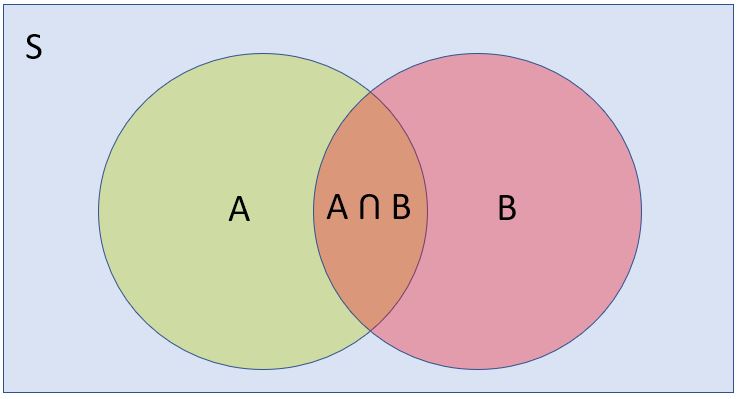Probability Basics
Statistical Simulation in Python

Tushar Shanker
Data Scientist
Sample Space
Sample Space $S$: Set of all possible outcomes
Probability
Sample Space $S$: Set of all possible outcomes
Probability $P(A)$: Likelihood of event $A$
- $0 \leq P(A) \leq 1$
- $P(S) = 1$ eg. $P(H) + P(T)=1$
Probability
Sample Space $S$: Set of all possible outcomes
Probability $P(A)$: Likelihood of event $A$
- $0 \leq P(A) \leq 1$
- $P(S) = 1$ eg. $P(H) + P(T)=1$

Mutually Exclusive Events
Sample Space $S$: Set of all possible outcomes
Probability $P(A)$: Likelihood of event $A$
- $0 \leq P(A) \leq 1$
- $P(S) = 1$
- $P(H) + P(T)=1$
- For mutually exclusive events $A$ and $B$:
- $P(A \cap B) = 0$
- $P(A \cup B) = P(A) + P(B)$
Probability
$P(A \cup B) = P(A) + P(B) - P(A \cap B)$
Using Simulation for Probability Estimation
Steps for Estimating Probability:
- Construct sample space or population.
- Determine how to simulate one outcome.
- Determine rule for success.
- Sample repeatedly and count successes.
- Calculate frequency of successes as an estimate of probability.
Let's practice!
Statistical Simulation in Python



